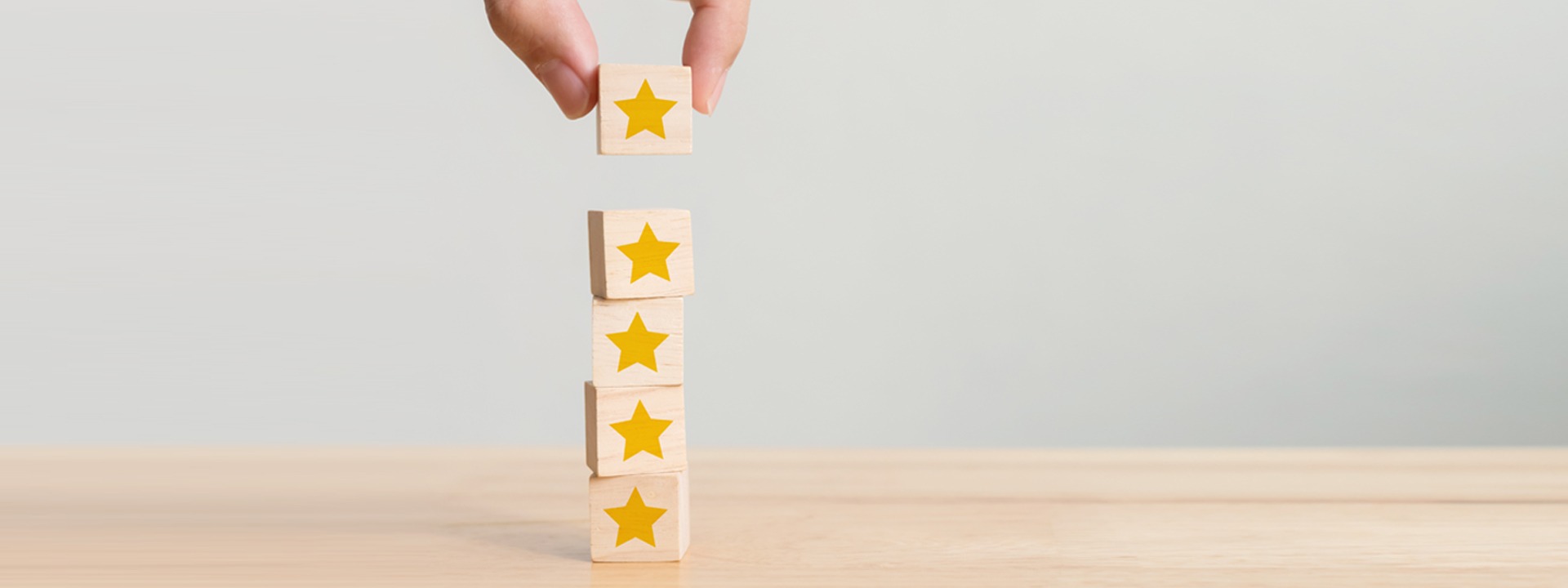As of right now, it appears that the current outbreak of the COVID-19 pandemic may have peaked in most U.S. states. State and local lock-down orders are being eased, but it’s an open question as to what will pass for a new normal while the pandemic continues. Even as states begin to open, new hot spots have already begun to flare up in the earliest opening areas, and public health experts are nearly unanimous in cautioning against opening too quickly.
Wall Street investors have largely priced in a rapid recovery back to something looking like the pre-pandemic normal. I think that might be a tad optimistic, at least in the near-term, but the market is always forward-looking and the stock market in particular typically recovers long before the rest of us feel it is safe or rational. As I wrote last month, it is certain that the virus will not last forever, and things will get better in time.
In the meantime, as we adapt to life with the virus being ever-present, investors have already started to try to estimate the impact it will have on the economy. There is no doubt a recession has begun. The only question is the length and depth of the downturn. This will be influenced by several factors, including the impact of the virus on consumer and business behavior and whether or not it keeps coming back.
FAQS
We’re happy to answer any questions you have about our firm and our processes. Here are answers to some of the questions we receive most frequently.

Comparing the current pandemic to past episodes is also somewhat fraught. Economic activity contracted during the 1918 Spanish Flu pandemic, but it was largely offset by massive wartime spending at the time. In fact, U.S. government spending accounted for about 38% of the economy that year, making changes in consumer behavior almost irrelevant. Today’s economy is very different, and social distancing has had a massive impact on consumer spending and business finances.
A quick recovery would be best, but as we’re seeing new outbreaks in areas that have eased restrictions too early, it seems unlikely most consumers will rush back to restaurants, ballparks and airplanes without some modifications. Even the (watered down) guidelines recently issued by the Centers for Disease Control recommend beginning with separation, face masks and limiting non-essential travel or group meetings.
And therein lies the problem for businesses. Opening too quickly represents a sizable investment in staff and equipment, but if consumers don’t come back for fear of infection, cash flow will remain difficult. It is for this reason that most experts point to a need to deal with the virus before pushing to reopen the economy. Besides the impact on public health, a second wave of infections could result in additional and prolonged closures and a potentially significant hit to public and business confidence.
Fiduciary
We are fiduciaries, and it’s not just a word. It’s a binding commitment to put your interests first.

How long this will take is anyone’s guess. The quickest path to “normal” will require a successful vaccine that can be produced at a global scale. A slower (and significantly more painful) path involves pretty much everyone being exposed to the virus and developing some level of antibodies. So-called “herd immunity” works when enough people have been exposed or vaccinated that the virus can’t live long enough to transmit itself to the next susceptible host. Estimates on vaccine development range from 1-2 years, so it’s reasonable to assume we’ll need to be practicing our modified pandemic behaviors for the foreseeable future.
Reduced public gatherings, limited travel and extra time sanitizing public spaces will probably keep a lid on the speed at which the economy can get back to “normal”. Corporate earnings estimates are just starting to reflect this new reality, and at the moment investors are pretty optimistic that normal is just around the corner.
I wouldn’t be surprised to see markets turn lower, especially if a rash of new infections pops up in the early opening locales. For now, the best course is to have a sound long-term plan for your portfolio and stick with it, rebalancing from time to time when it gets out of alignment.
ACCREDITATIONS & AWARDS
We’re proud to have been honored by some of the organizations in our industry.

For the time being, it seems we’re stuck wearing masks in public places, ordering take-out and connecting with friends and loved ones over Zoom or Facetime. Someday we can all look back and tell our stories about how crazy 2020 turned out to be.
At Blankinship & Foster, we help you develop an investing plan that is integrated with your personal financial plan, so you can rely on it to serve you, even in uncertain times like these. Contact us to learn more about Investing with Purpose.

